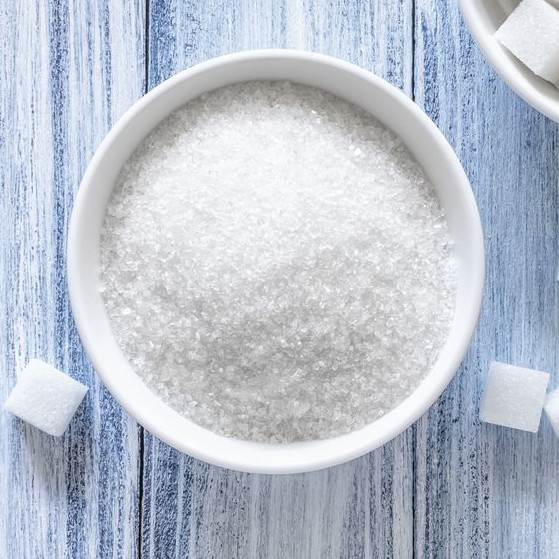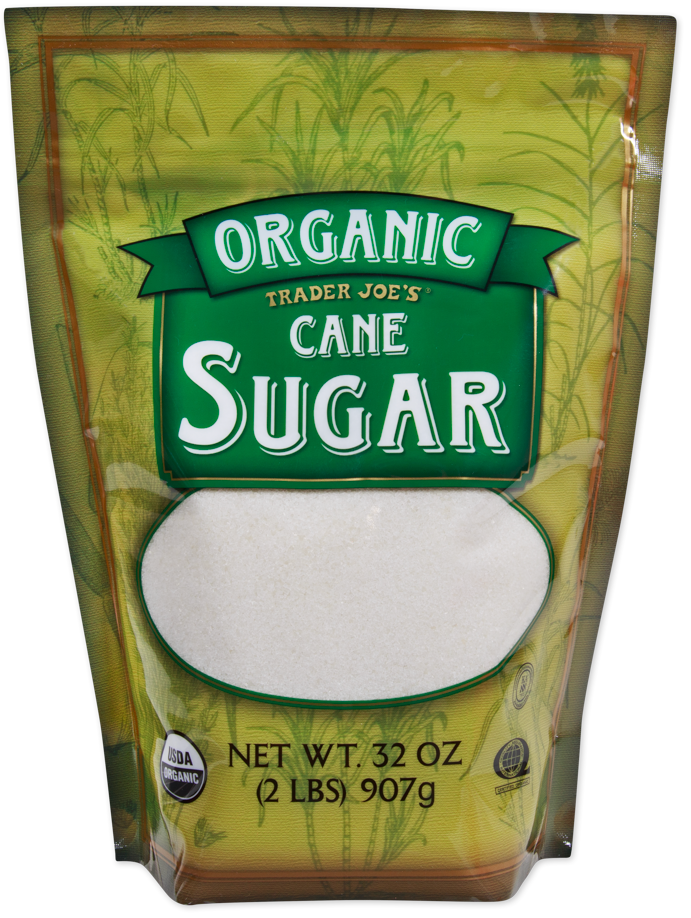Advanced Cane Sugar Processing: Enhancing Performance and Sustainability
Advanced Cane Sugar Processing: Enhancing Performance and Sustainability
Blog Article
A Thorough Overview to the Ecological Influence and Sustainability Practices in Walking Cane Sugar Processing
The environmental influence of walking stick sugar processing provides an intricate range of obstacles that warrant mindful assessment. From soil destruction and too much water use to the carbon impact related to growing and manufacturing, the consequences of standard techniques are far-ranging. On the other hand, the fostering of cutting-edge sustainability steps offers a pathway toward a lot more liable production approaches. Understanding the interplay between these issues is critical for stakeholders in the industry. What particular techniques can be implemented to strike a balance between productivity and ecological stewardship? The responses lie in a better take a look at both the obstacles and potential options.
Summary of Walking Stick Sugar Processing
Walking stick sugar handling includes a series of systematic steps that change sugarcane right into polished sugar. Initially, harvested sugarcane is transported to processing centers, where it undergoes cleansing to remove soil and debris. Following this, the cane is crushed to draw out juice, which is after that cleared up by eliminating contaminations through home heating and the addition of lime.
The made clear juice undergoes evaporation, where water is gotten rid of to focus the sugar material. This concentrated syrup is after that taken shape via air conditioning, allowing sugar crystals to develop. These crystals are divided from the continuing to be syrup utilizing centrifugation, resulting in raw sugar. To accomplish polished sugar, the raw product undergoes additional purification processes, which may consist of filtering system and cleaning to remove remaining impurities and shade.
The end product is after that dried out and packaged for circulation. Throughout this whole procedure, maintaining effectiveness and quality control is essential to make certain the sugar satisfies sector criteria. Each action in cane sugar handling not just contributes to the final item however also has implications for resource use and waste generation, establishing the phase for discussions on sustainability and environmental effects connected with sugar manufacturing.
Ecological Challenges of Production
The manufacturing of walking stick sugar presents a number of considerable ecological obstacles that warrant attention. One key problem is the comprehensive use agrochemicals, consisting of pesticides and plant foods, which can result in soil degradation, biodiversity loss, and contamination of regional water resources. The drainage from sugarcane fields usually carries these chemicals right into nearby ecosystems, interrupting water life and influencing the health and wellness of areas reliant on these water bodies.
One more challenge is the high energy consumption connected with sugarcane handling. The boiling and refining stages need substantial heat, mostly generated by melting fossil fuels, adding to greenhouse gas discharges. Additionally, the extensive acreage required for sugarcane growing can cause deforestation and environment devastation, additional worsening environment adjustment and harmful wild animals.
Additionally, the labor methods in some regions elevate honest concerns, as employees might face poor working conditions and insufficient earnings. This circumstance commonly perpetuates a cycle of destitution in neighborhood areas. Cane Sugar Processing. Addressing these ecological obstacles is critical for creating more sustainable methods in walking cane sugar production, ultimately profiting both the environment and the neighborhoods entailed in this sector
Water and Land Usage Influence
Water resources and land application are important parts in the walking stick sugar sector that significantly impact the atmosphere. The farming of sugarcane calls for substantial water input, with quotes suggesting that it can take in approximately 2,000 litres of water per kilogram of sugar produced. This intensive use water typically results in exhaustion of neighborhood water sources, impacting not only the sugarcane haciendas yet also bordering ecological communities and neighborhoods that depend on the same water resources for agriculture and residential usage.

Additionally, land usage for sugarcane growing can bring about logging and the conversion of natural habitats right into monoculture vineyards. This method reduces biodiversity, interrupts regional ecological communities, and contributes to dirt degradation. The expansion of sugarcane fields frequently trespasses on beneficial farming land, producing competitors for resources between food and biofuel manufacturing.
Sustainable methods, such as enhancing irrigation techniques and carrying out plant turning, are essential to minimize these influences. By embracing more reliable water use and land monitoring techniques, the walking cane sugar sector can lower its environmental footprint, making sure an equilibrium between farming efficiency and ecological conservation.
Greenhouse Gas Emissions
Greenhouse gas emissions stand for a substantial environmental concern within the walking stick sugar handling sector, specifically as agricultural techniques broaden to satisfy international demand. The farming of sugarcane, a plant that grows in exotic environments, depends greatly on synthetic fertilizers and chemicals, which add to nitrous oxide discharges. In addition, land-use adjustments, consisting of logging for new sugarcane plantations, release co2 kept in plant life visit this page and soil.
During handling, energy intake is another major source of greenhouse gas exhausts - Cane Sugar Processing. Many sugar mills use nonrenewable fuel sources to power machinery and generate warm, resulting in considerable carbon impacts. Additionally, the transportation of raw sugarcane and completed products includes layers of emissions with gas burning in vehicles
This involves examining current agricultural techniques, refining techniques, and transportation systems to recognize areas for enhancement and reduction. Resolving greenhouse gas exhausts is important for cultivating a more lasting walking stick sugar industry in a changing environment.

Lasting Practices and Innovations
Sustainable techniques and advancements are increasingly crucial in the cane sugar processing sector as stakeholders look for to lower environmental effects while keeping performance. One substantial innovation is the application of incorporated plant administration, which optimizes resource use by combining soil monitoring, insect control, and crop rotation strategies. This method boosts return while reducing chemical inputs and maintaining soil health and wellness.
Additionally, the adoption of sustainable power resources, such as biomass from sugarcane residues, has actually gotten grip - Cane Sugar Processing. By converting waste products right into power, processing centers can minimize their reliance on fossil fuels, thus lowering greenhouse gas emissions
Water administration techniques have actually additionally seen improvements via the recycling and reusing of water in processing plants, considerably reducing freshwater intake. Innovations in innovation, such as precision agriculture, make it possible for farmers to keep an eye on plant health and source usage much more effectively, making certain sustainable farming techniques.
In addition, accreditation programs like Fair Profession and Jungle Partnership urge eco accountable farming practices and promote social equity within the supply chain. By accepting these sustainable methods and developments, the walking cane sugar handling sector can boost its resilience and contribute favorably to ecological stewardship.
Final Thought
The ecological effect of walking cane sugar handling presents significant obstacles, consisting of soil deterioration, high water intake, and greenhouse gas exhausts, together with ethical problems connected to labor techniques. Resolving these issues with sustainable techniques, such as integrated crop management, eco-friendly energy fostering, and water recycling, is essential. By promoting ecologically accountable and socially fair approaches in sugar production, the market additional info can minimize its adverse impacts, ensuring a much more sustainable future for both communities and areas involved in this market.
Cane sugar processing involves a collection of organized actions that transform sugarcane into refined sugar. Each step in walking stick sugar processing not only contributes to the last product but likewise has ramifications for resource use and waste generation, setting the phase for discussions on sustainability and ecological influences linked with sugar production.
Greenhouse gas discharges represent a substantial ecological worry within the cane sugar handling market, especially as farming techniques broaden to fulfill global demand.Sustainable techniques and developments are progressively vital in the walking cane sugar processing market as stakeholders look discover this info here for to minimize environmental influences while maintaining performance.The environmental influence of walking cane sugar processing provides considerable difficulties, including soil degradation, high water usage, and greenhouse gas discharges, alongside ethical worries connected to labor methods.
Report this page